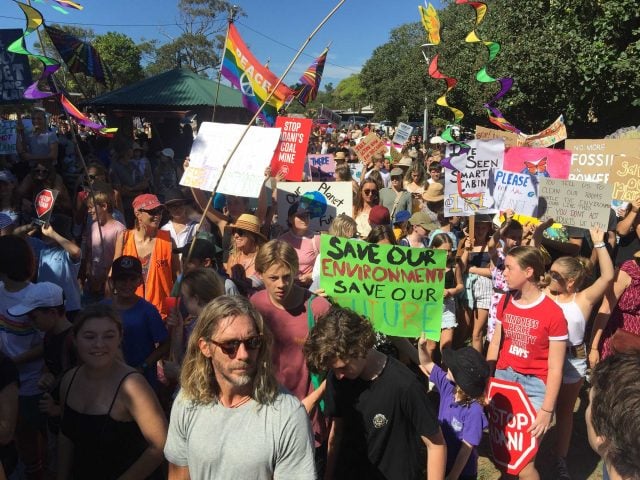The Guardian, 15 September 2019:
Anonymous, 32, South Australia
My strange experience with a Jobactive provider happened back in November 2015. It was a week of pure, concentrated weirdness.
The provider found me a job with a charity. They handled everything. My case manager even took the picture for the photo ID.
There was a man who handled what limited training there was by phone. The day after, I had a trial shift. I had to collect money door-to-door with no information about what the charity actually did, who ran it or what the money we were raising was for – only that it was for children in the Philippines.
The leaflets they gave us to hand out were about cancer, copied and pasted from Wikipedia, even though the charity was supposedly about education. When I spoke to people I couldn’t even answer basic questions. And people were still generous. A blind man gave me $20. It was absurd and awful.
When I asked my point of contact questions, he grew frustrated and aggressive with me. He told me to look on the website but it was just pictures of kids with vague descriptions; no programs, no initiatives. It’s been taken down since, but the mission statement was just a copy of the tax definition of a charity.
I looked up as much as I could about the company. I found the names associated with it had run similar charities that had been exposed as frauds by the ABC. These names weren’t on the website or any training materials. [This charity] didn’t have anything a normal charity had.
I didn’t know what to do, so I reported this to the ACCC and even made a police report. When I told my caseworker, they tried to make me keep doing the job. They told me they’d had their office look it up and that the charity was properly registered, but anyone can register for a business name. I read charities have a year before they’re audited.
When my questions about how the collected money was spent still weren’t answered, the case manager called my point of contact. That’s when they agreed that something wasn’t right and that I didn’t have to do it any more. They joked nervously about ending up on A Current Affair.
A few weeks later I had another appointment and my case manager casually mentioned that another client was still collecting money for [the charity]. She knew they were shonky and still nothing had been done.








